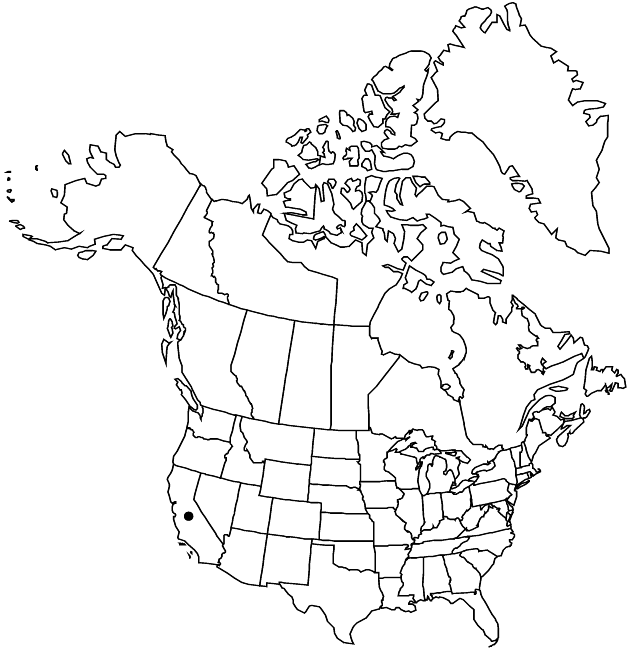Difference between revisions of "Ageratina adenophora"
Phytologia 19: 211. 1970.
FNA>Volume Importer |
imported>Volume Importer |
||
| (5 intermediate revisions by 2 users not shown) | |||
| Line 8: | Line 8: | ||
}} | }} | ||
|common_names=Crofton weed;sticky snakeroot | |common_names=Crofton weed;sticky snakeroot | ||
| − | |basionyms={{Treatment/ID/ | + | |special_status={{Treatment/ID/Special_status |
| + | |code=I | ||
| + | |label=Introduced | ||
| + | }} | ||
| + | |basionyms={{Treatment/ID/Basionym | ||
|name=Eupatorium adenophorum | |name=Eupatorium adenophorum | ||
|authority=Sprengel | |authority=Sprengel | ||
| + | |rank=species | ||
| + | |publication_title=Syst. Veg. | ||
| + | |publication_place=3: 420. 1826,; 4(qto.): 122, plate 346. 1820, not Michaux 1803 | ||
}} | }} | ||
|synonyms= | |synonyms= | ||
| Line 35: | Line 42: | ||
-->{{#Taxon: | -->{{#Taxon: | ||
name=Ageratina adenophora | name=Ageratina adenophora | ||
| − | |||
|authority=(Sprengel) R. M. King & H. Robinson | |authority=(Sprengel) R. M. King & H. Robinson | ||
|rank=species | |rank=species | ||
| Line 49: | Line 55: | ||
|publication title=Phytologia | |publication title=Phytologia | ||
|publication year=1970 | |publication year=1970 | ||
| − | |special status= | + | |special status=Introduced |
| − | |source xml=https:// | + | |source xml=https://bitbucket.org/aafc-mbb/fna-data-curation/src/2e0870ddd59836b60bcf96646a41e87ea5a5943a/coarse_grained_fna_xml/V19-20-21/V21_1404.xml |
|tribe=Asteraceae tribe Eupatorieae | |tribe=Asteraceae tribe Eupatorieae | ||
|genus=Ageratina | |genus=Ageratina | ||
Latest revision as of 20:10, 5 November 2020
Subshrubs, 50–220 cm. Stems (usually purplish when young) erect, stipitate-glandular. Leaves opposite; petioles 10–25 mm; blades (abaxially purple) ovate-lanceolate or ovate-deltate to lanceolate-ovate, (1.5–)2.5–5.5(–8) × 1.5–4(–6) cm, bases cuneate to obtuse or nearly truncate, margins serrate, apices acute to acuminate, abaxial faces stipitate- to sessile-glandular. Heads clustered. Peduncles 5–12 mm, densely stipitate-glandular and sometimes also sparsely viscid-puberulent. Involucres 3.5–4 mm. Phyllaries: apices acute, abaxial faces stipitate-glandular. Corollas white, pink-tinged, lobes sparsely hispidulous. Cypselae glabrous. 2n = 51.
Phenology: Flowering Mar–Aug(–Sep).
Habitat: Stream margins, ditches, road embankments, hillsides
Elevation: 400–900 m
Distribution

Intoduced, Calif., Mexico, also introduced in Europe, Pacific Islands (New Zealand).
Discussion
Selected References
None.